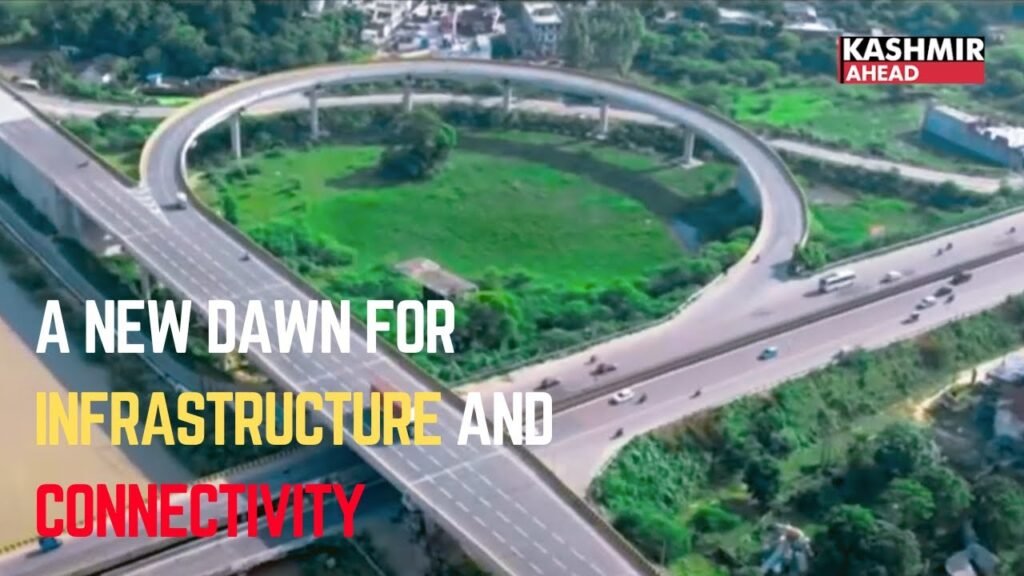For the first time in the history of independent India, an MP from Ghazipur has become a minister, marking a significant milestone for the region. This event has heralded unprecedented development, transforming Ghazipur from a largely neglected area into a burgeoning hub of infrastructure and connectivity. The changes are palpable and revolutionary, especially in the realm of transportation. One of the most notable developments is the construction of a new railway line bridge. This bridge is not just a piece of infrastructure but a symbol of progress and modernization. Whether one is a local resident or a visitor, the transformation is unmistakable. Walking or biking on the bridge provides a firsthand experience of this progress, showcasing the advancements that have been made. Standing below the bridge, one can see the metro-like line extending towards Ghazipur Ghat, with another line coming into Ghazipur. The road network is equally impressive, and the sight of these modern developments can make one question if they are still in a rural area of Ghazipur district or in a metropolis like Bangalore. The Ganga Expressway, for instance, seamlessly connects to other major regions such as Benaras and Gorakhpur, enhancing the ease of travel and boosting economic activities. Before 2014, the journey from Ghazipur to Benaras used to take a grueling four hours. Today, thanks to the new infrastructure, this journey has been reduced to just one and a half hours. Similarly, the travel time to Gorakhpur has been cut from three hours to a mere one hour. These improvements are not just about convenience; they signify a broader wave of development sweeping through the region. The roads and railways are being developed at an unprecedented pace, contributing to the holistic development of the area. India, with its vast and intricate road network, now ranks second only to the United States. This massive infrastructure development has provided employment opportunities across various sectors. The construction of highways and road networks is not just the work of automated robots; it involves the hard work and dedication of countless Indian citizens, from laborers to technical engineers. Graduates from prestigious institutions like IITs and B.Tech programs are finding employment opportunities in these projects, contributing their skills to the nation’s development. The Bharatiya Janata Party has played a pivotal role in this transformation. The infrastructural plans and policies implemented under their governance have laid the groundwork for these advancements. The progress in Ghazipur is a testament to the party’s commitment to development and modernization. The highway and road projects are not just physical constructions but embodiments of the dreams and aspirations of millions of Indians. The transformation of Ghazipur is a remarkable example of how political leadership and robust infrastructural planning can drive development. The region’s journey from a neglected district to a hub of connectivity and progress is inspiring. It demonstrates the potential of infrastructure to change lives, boost economies, and create a sense of pride among the residents. As Ghazipur continues to develop, it stands as a shining example of the power of progress and the promise of a brighter future for all of India.
Keep Reading
Add A Comment



